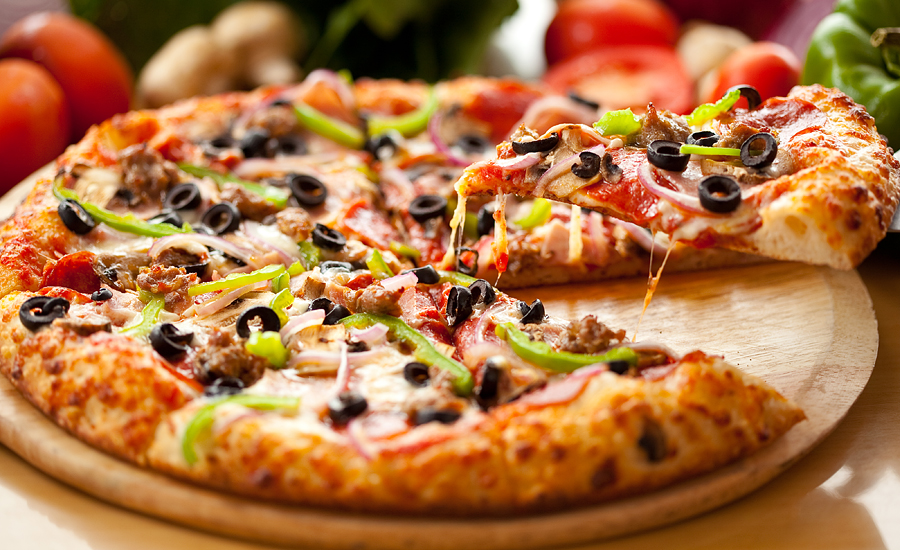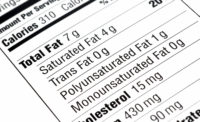As changing preferences are driving demand for fresher and healthier eating options, Americans are consuming significantly more grains, fats and calories than they used to, according to new research from L.E.K. Consulting, Boston, Mass.
“Soaring rates of chronic diseases have drawn attention to the role of diet in health and well-being. While consumers say this awareness is focusing them more on healthy eating, they clearly still indulge at a fast clip,” says Manny Picciola, managing director at L.E.K. Consulting and co-author of the report. “In a high-stress and time-starved environment, people often default to indulgent treats in their efforts to decompress.”
The study, “Consumer Health Claims 3.0: Talk Thin, Eat Fat: The Paradox of Indulgent Food Trends,” based on a survey of 1,600 U.S. consumers, reveals that a full 93% of consumers say they feel compelled to eat healthy at least some of the time – and 63% say they try to eat healthy most, if not all, of the time. But, most consumers also admit to indulging at least occasionally; around 85% say they give in to more than half of their cravings.
“Basically, today’s consumers ‘talk thin’ more than ever before, but they also continue to ‘eat fat’ by indulging in the foods they love,” says Maria Steingoltz, managing director and co-author of the report.
Among consumers who say they try to eat healthy, the two most common foods for indulgence are fast food and pizza. Nearly half – 46% – of consumers say they indulge in each of these food categories. In fact, U.S. fast food sales in 2017 grew faster than the overall economy, and this year, the worldwide pizza market reached $134 billion, with more than 75,000 pizzerias in the United States alone.
“While savory is in, sweets are definitely holding their own,” says Rob Wilson, managing director and co-author of the report. In fact, the overall annual growth rate in the U.S. food industry is about 2.9%, while sales of premium chocolate saw a 10% uptick in just one year. Meanwhile, cupcake sales rose 13% over a 5-year period and sales of mini pies grew 22% between 2012-2013.
Indulgent foods are up, but not across the board. Other trends entail:
-
Retro. Nostalgic foods are making a comeback. But, not every trend returns in exactly the same way – a corn dog might have sweet potato batter or lamb merguez sausage, and restaurants emphasize the freshness, sustainability and purity of its classic hamburger fare.
-
Fusion. Once the province of high-end restaurants, fusion cuisine has found its way into street food. As the U.S. population becomes more diverse and exposure to other cultures and foods increases, fusion can introduce novelty without straying too far from comfort food familiarity. Fusion can be as simple as substituting sriracha for ketchup or adding curry seasoning to potato salad – or as involved as a sushi burrito or a sandwich between slices of doughnut instead of bread.
-
Portion control. In the past, food and beverage purveyors might have reformulated products to contain less sugar or fat. Now, they are more likely to keep the flavor, but offer smaller sizes.
- Healthy twists. On the flip side of portion control is more healthful food that mimics the flavor and texture of everyday favorites. These options allow people to enjoy food without the concern they might have about products with more sugars, salt and saturated fats. High-protein ice cream now accounts for 10% of all new ice cream launches, and the category didn’t even exist 10 years ago.








